The Treasury recently announced that it intends to recognise stablecoins as a valid form of payment as part of wider government plans to ‘make Britain a global hub for cryptoasset technology and investment’. Here, we consider cryptoassets in greater detail.
Outlining cryptocurrencies
The government defines cryptoassets as ‘cryptographically secured digital representations of value or contractual rights that can be transferred, stored and traded electronically’. A range of cryptocurrencies are available, including exchange tokens, utility tokens, security tokens and stablecoins.
HMRC states that the tax treatment of cryptoassets depends on the nature and use of the token and not the definition of the token. It said that most cryptocurrency networks are not controlled by a single body or person, but that a network of users of a specific token helps to verify transactions or make technological changes.
The most widely-used consensus system for verifying cryptocurrency transactions is Proof of Work, which gives the first person to solve a randomly generated cryptographic puzzle the right to add a new entry to the distributed ledger.
The government states that the onus is on the individual to keep records of each cryptoasset transaction as cryptoasset exchanges may only keep records of transactions for a short period. Additionally, the exchange may no longer be in existence when an individual completes a tax return. Records can be kept via paper wallets; electronic wallets; downloads of wallet activity; and via hardware wallets, such as a USB stick.
The tax position
Disposing of cryptoassets, such as cryptocurrencies like Bitcoin, brings a potential charge to capital gains tax (CGT). Disposals include the sale of assets for fiat currency, like pounds or dollars; the exchange of one cryptoasset for another, such as Bitcoin to Ether; or the use of cryptoassets to buy goods or services.
The tax position is not always intuitive. Where different types of cryptoasset are exchanged, there can be a chargeable taxable gain, even if the assets aren’t converted back to fiat currency.
Regulation of stablecoins
The Treasury defines ‘stablecoin’ as ‘a form of cryptoasset that is typically pegged to a fiat currency such as the dollar and is intended to maintain a stable value’. The government plans to bring stablecoins within regulation in order to pave the way for use in the UK as a recognised form of payment.
Hopes are high amongst government officials that bringing stablecoins within regulation will create conditions for stablecoin issuers and service providers to operate and invest in the UK.
Commenting on the issue, Chancellor Rishi Sunak said: ‘It’s my ambition to make the UK a global hub for cryptoasset technology, and the measures we’ve outlined . . . will help to ensure firms can invest, innovate and scale up in this country.
‘We want to see the businesses of tomorrow – and the jobs they create – here in the UK, and by regulating effectively we can give them the confidence they need to think and invest long-term.’
Cryptoassets and cryptocurrency are only growing in popularity, so getting to grips with its taxation is important.
If you have any further questions / would like to discuss with one of our experts, please contact us via the contact us page.
